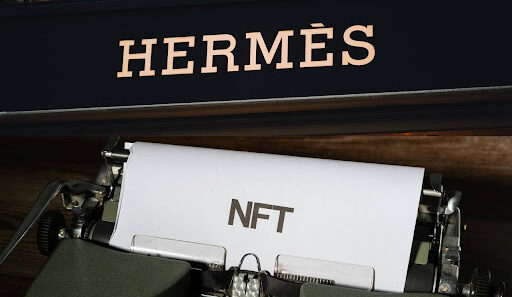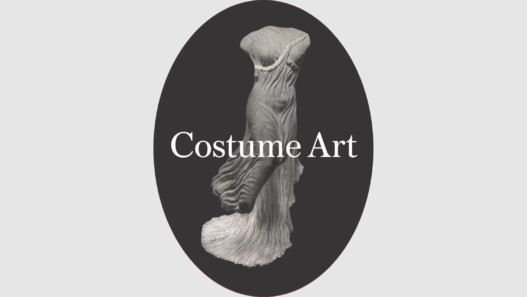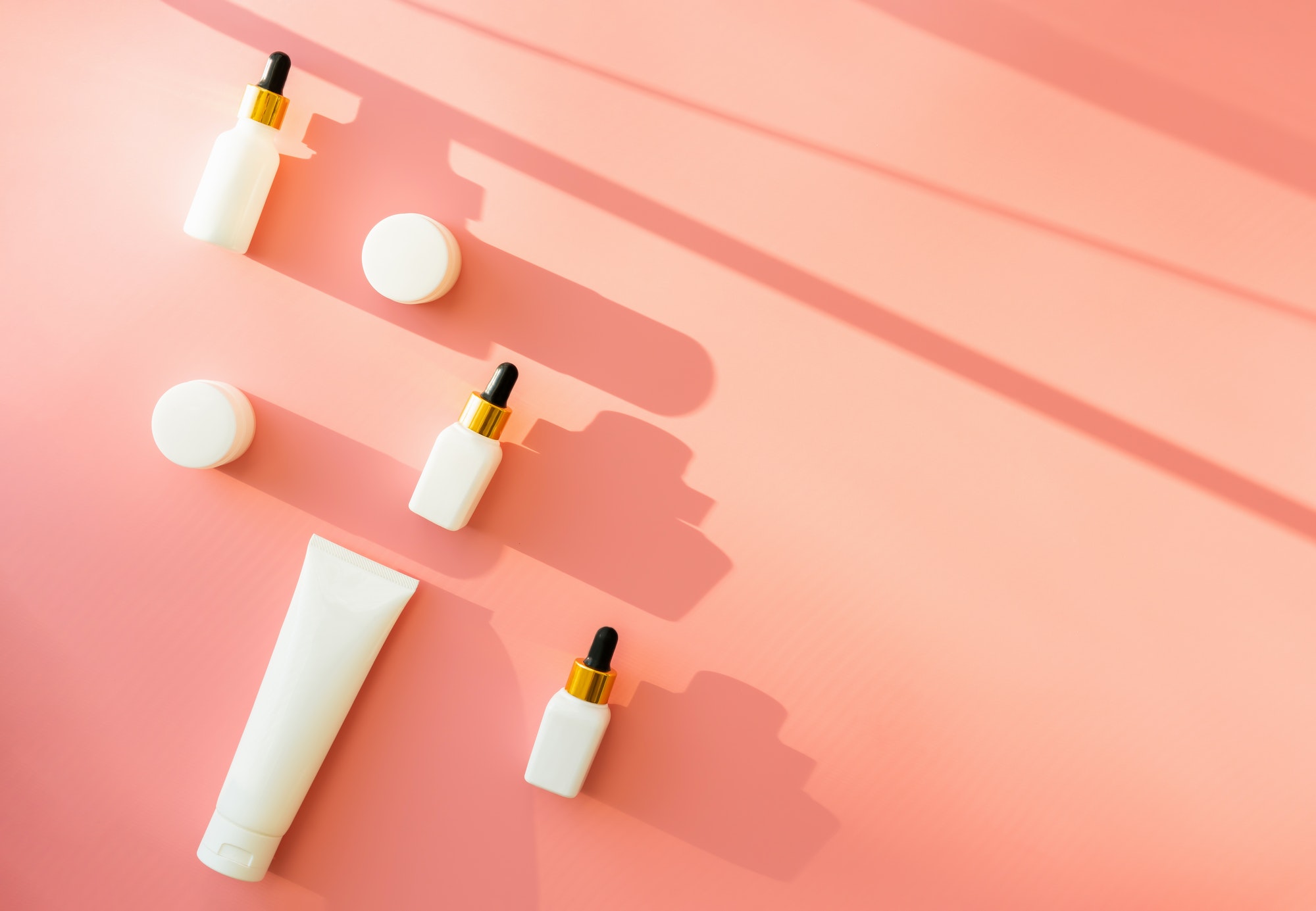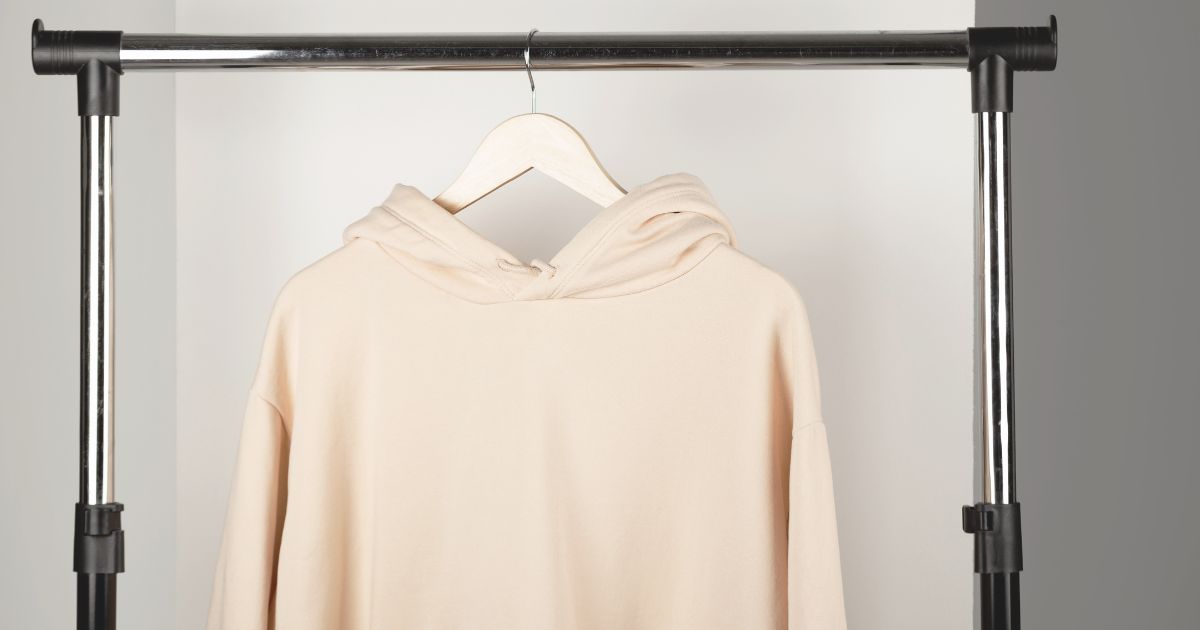In the highly competitive and successful cosmetics market, which encompasses skincare, fragrance, makeup, and haircare products and services, novelty and brand identity play pivotal roles in achieving success. Increasing competition, evolving consumer preferences, and the rapid shift towards online purchasing have compelled both traditional and incumbent brands to create unique and innovative offerings. Protecting intellectual property (IP) has become paramount in this context. This article delves into the challenges posed by rampant imitation within the beauty industry and outlines effective strategies for safeguarding brand assets, nurturing creativity, and enhancing brand value.
Identifying Brand Assets and the Power of Trade Dress
Human beings are inherently social and visual creatures. Brand assets like names, logos, taglines, packaging, colour arrangements, trade dress, and overall appearances profoundly influence brand recall and consumer experiences. Trade dress, encompassing distinctive packaging, shapes, and colours, can foster brand affinity and set products apart from competitors.
The Ongoing Struggle Against Imitation in the Beauty Industry
The beauty industry has witnessed an alarming surge in counterfeits and copycat brands aiming to capitalize on the success of popular products by offering cheaper imitations. These imitations erode original brands’ market share and can, confuse consumers and jeopardize their health and safety due to substandard products and harmful ingredients.
Trade Dress Protection: Learning from Legal Precedents
Legal precedents shed light on the importance of trade dress protection within the beauty industry. Numerous cases have underscored the significance of unique packaging and visual elements in establishing brand identity. Understanding these legal precedents can guide beauty companies in formulating robust trade dress protection strategies.
Real-Time Case Law Examples: Illustrating the Battle Against Imitation
L’Oreal v. Bellure NV and Others (2009) UKHL 58 – In this landmark case, L’Oreal, a prominent cosmetics brand, sued Bellure and others for selling imitation fragrances similar to L’Oreal’s luxury perfumes. The court ruled in favour of L’Oreal, highlighting the unfair advantage gained by imitation fragrances and the damage inflicted upon L’Oreal’s premium products’ reputation. This case reaffirmed the necessity of safeguarding brand identity and consumer trust.
Estée Lauder Inc. v. Fragrance Hut Inc. (2022) FCA 103 – Estée Lauder, an international cosmetics company, engaged in a legal battle against Fragrance Hut for selling counterfeit versions of its popular perfumes. The court sided with Estée Lauder, granting an injunction and awarding damages for trademark infringement. This case demonstrated the efficacy of legal remedies in combating imitation and preserving brand integrity.
Kylie Cosmetics v. Beauty Slay – In a recent high-profile case, Kylie Cosmetics, founded by Kylie Jenner, filed a lawsuit against Beauty Slay, a smaller cosmetics company, alleging trademark infringement and trade dress imitation. The dispute centred around Beauty Slay’s packaging for a new line of lip products, bearing a striking resemblance to Kylie Cosmetics’ iconic lip kit packaging, including colour schemes, fonts, and the signature lip drip design that defined Kylie Cosmetics’ brand identity.
Kylie Cosmetics argued that Beauty Slay’s imitation intentionally sought to capitalize on Kylie Cosmetics’ reputation and popularity. They asserted that such imitation misled consumers and jeopardized the unique identity, fame and goodwill established by Kylie Cosmetics. The court’s ruling, granting a preliminary injunction against Beauty Slay, illustrated the industry’s commitment to protecting intellectual property and trade dress rights, emphasizing the legal consequences of imitating successful beauty brands.
Expanding Intellectual Property Protection: Incorporating Copyrights
While trade dress and trademarks are primary forms of IP protection in the cosmetics industry, copyrights also play a significant role. Copyrights can safeguard creative elements like product designs, packaging artwork, marketing materials, and even social media content of these brands.
For instance, a beauty brand that creates unique and innovative packaging designs can seek copyright protection. This additional layer of protection deters imitators and provides legal recourse in case of infringement.
The Vital Role of Consumer Education
Consumer education is pivotal in the fight against imitation. Beauty brands should proactively inform consumers about the risks of counterfeit products, the significance of purchasing authentic goods, and regularly communicate where genuine products can be obtained. Social media campaigns, public service announcements, and informative content can raise awareness and empower consumers to make informed decisions and spot fake products.
Furthermore, beauty brands can adopt anti-counterfeiting technologies like holograms, blockchain, QR codes, or NFC tags on packaging to help consumers verify product authenticity.
Collaboration and Industry Alliances
Collaboration and strategic alliances among brands can significantly bolster IP protection within the beauty industry. By sharing knowledge, resources, and best practices, brands can collectively combat imitation and counterfeiting.
Industry alliances can also engage in advocacy efforts to encourage policymakers to strengthen IP laws and enforcement measures, thus offering enhanced protection to beauty brands.
Conclusion
The beauty industry’s creativity and innovation render it susceptible to imitation and counterfeiting, posing substantial challenges to companies striving to protect their brand identity and intellectual property. Counterfeiters are becoming increasingly adept at replicating official items and deceiving online shoppers. By grasping the power of trademarks, trade dress, and other forms of IP protection, beauty brands can devise robust strategies to safeguard their originality and creativity.
Landmark cases involving L’Oreal, Estée Lauder, Kylie Cosmetics, and others serve as cautionary tales, highlighting the significance of proactive IP protection. Through collaboration with legal experts, implementation of anti-counterfeiting measures, consumer education, and advocacy for stronger IP laws, beauty companies can flourish while delivering consumers authentic and innovative products they can trust.
About Authors:

Mudit Kaushik – Mudit is a dynamic Partner at Verum Legal in Delhi. Mudit closely collaborates with startups and established corporate entities, possessing a discerning eye for innovation and spearheading their legal endeavours. Proficient in IP portfolio management, domain name disputes, IT laws, and IP-related customs enforcement, Mudit skillfully navigates the intricate junction of law and technology, ensuring the safeguarding and optimization of intellectual property assets.
 Abhilash Rathore: Abhilasha is a legal professional based in Delhi with a specialization in Intellectual Property Laws. With a strong focus on trademarks, copyright, and design laws, she has considerable experience in IP advisory. She regularly advises clients across a range of industries, including social media, food, media, sports, entertainment, luxury, fashion, and healthcare on intellectual property and allied issues.
Abhilash Rathore: Abhilasha is a legal professional based in Delhi with a specialization in Intellectual Property Laws. With a strong focus on trademarks, copyright, and design laws, she has considerable experience in IP advisory. She regularly advises clients across a range of industries, including social media, food, media, sports, entertainment, luxury, fashion, and healthcare on intellectual property and allied issues.

















